Turning animal wire sculptures into fabrics
Manabu Ogawa is a wire artist known as HAyU. In January 2020, he launched “+HAyU fabric”, a textile brand expressing his unique interpretation of wire art that attracts people of all ages and can be freely arranged as decorators like. In 2021, Kokka-fabric interviewed Ogawa to coincide with release of his second series of +HAyU Fabric.
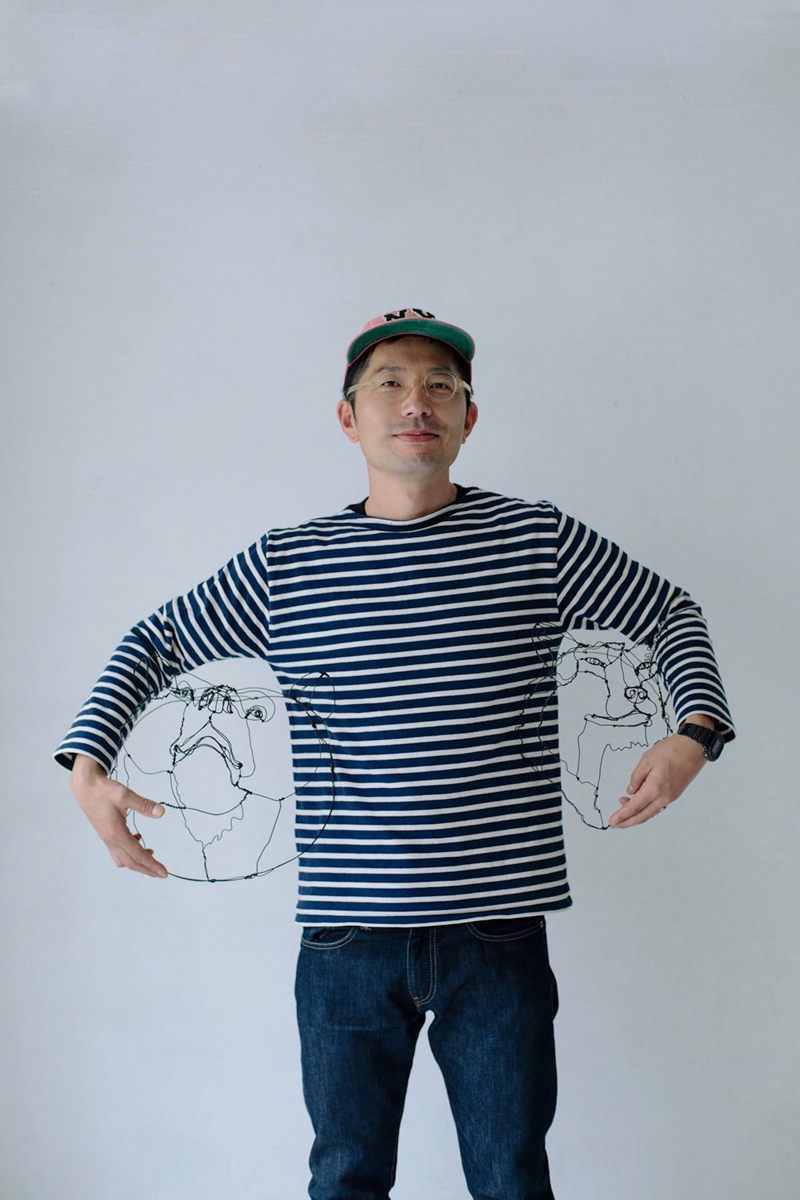
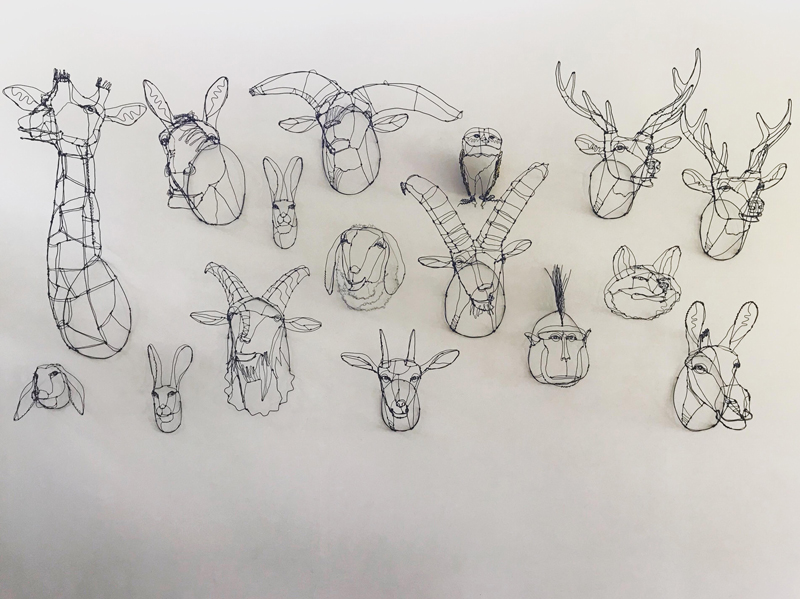
Kokka-fabric.com (KF): We hear that you started making wire sculptures because you wanted to decorate your new home’s living-room wall with art. What did you make back then?
I made a bighorn sheep with curled horns.
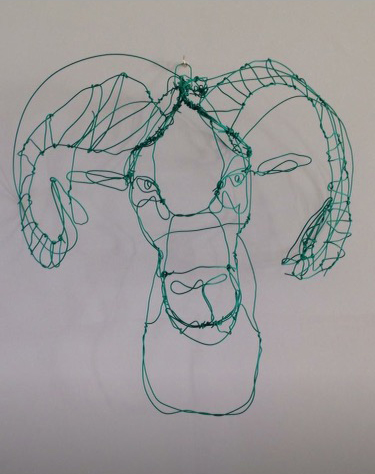
▲Ogawa’s first work: bighorn sheep
KF: Did you use any reference on making it?
I referred to my son’s pictorial animal book published by Gakken.
KF: How did the wall décor make you feel? And, what was your family’s reaction?
My then-2-year-old son was excited and said “Uma, Uma (horse, horse)”. I thought I would make a horse next.
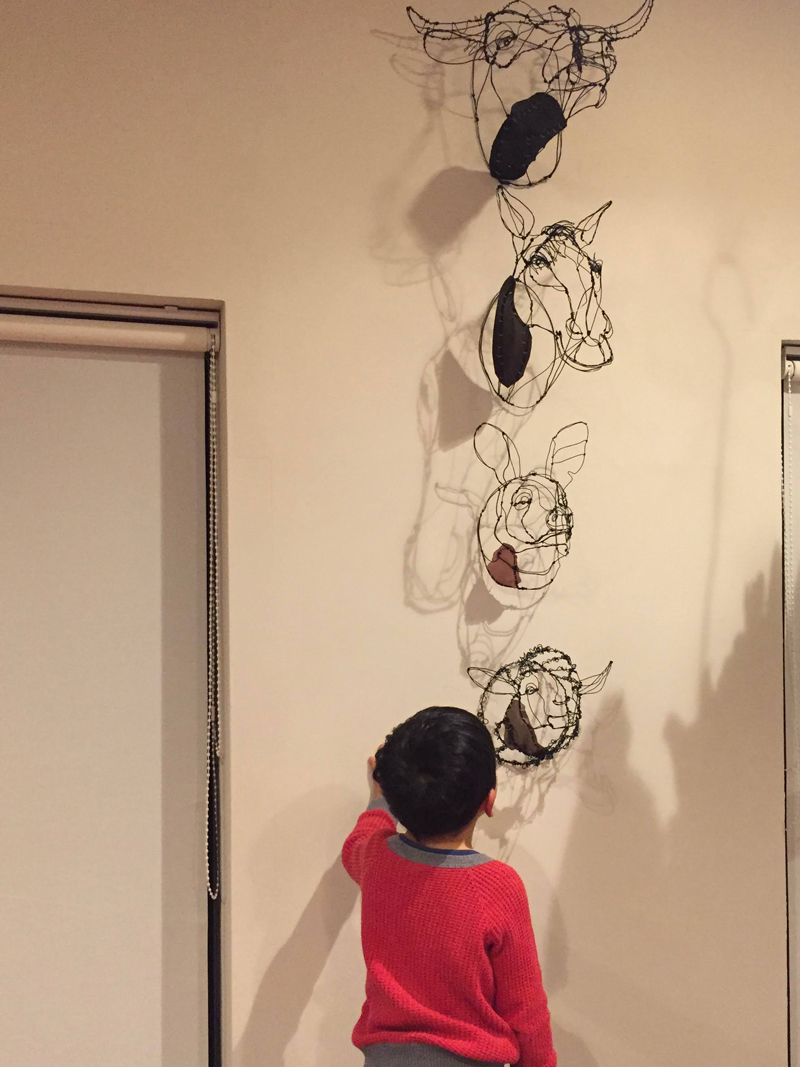
KF: How do you make a wire sculpture?
There are many ways wire can be shaped. In my case, I make it without a rough sketch. When I make an animal wire sculpture, I start by making its eye balls. The size of eyes determines the whole size of sculpture.
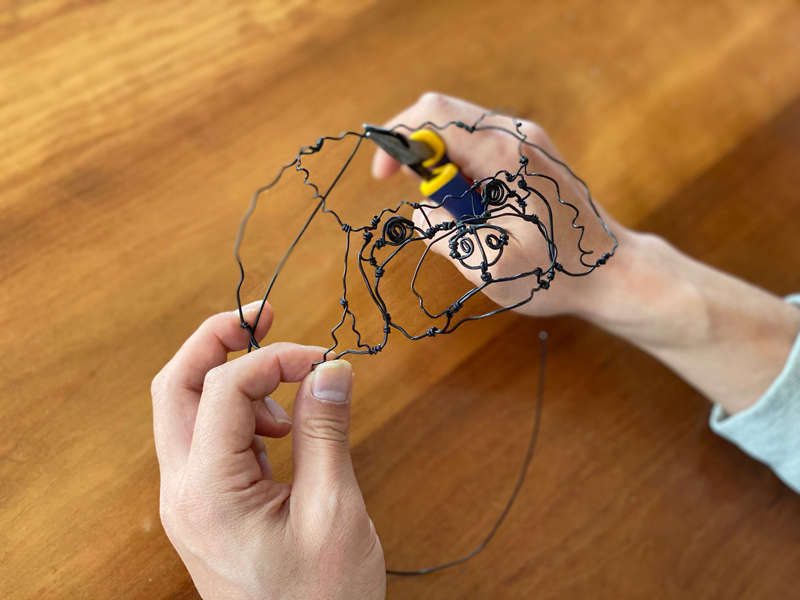
KF: You started your career as a wire artist at “Aosando Art Fair” in 2017. What made you participate in the event?
My wife used to work at H.P. FRANCE, the organizer of the event. It was good timing when I visited her co-worker to show my works. That’s where I got an offer to exhibit mine at the coming event.
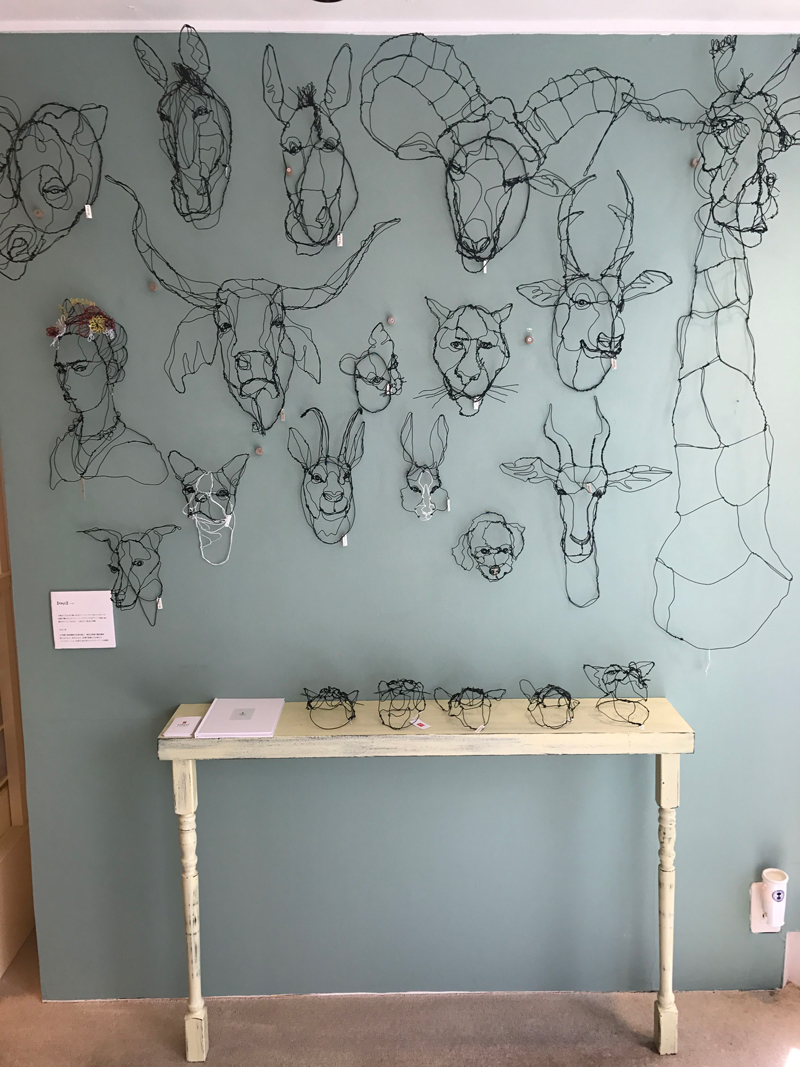
▲ Ogawa’s debut exhibition at the Aosando Art Fair
KF: How did the exhibition change your production and work style?
I was a horticultural farmer of cut flowers. So, I had created one sculpture every few months before the exhibition. After then, however, I had to make 30 sculptures within a few months while doing my main job as a farmer. It was hectic, but such a great opportunity kept me motivated.
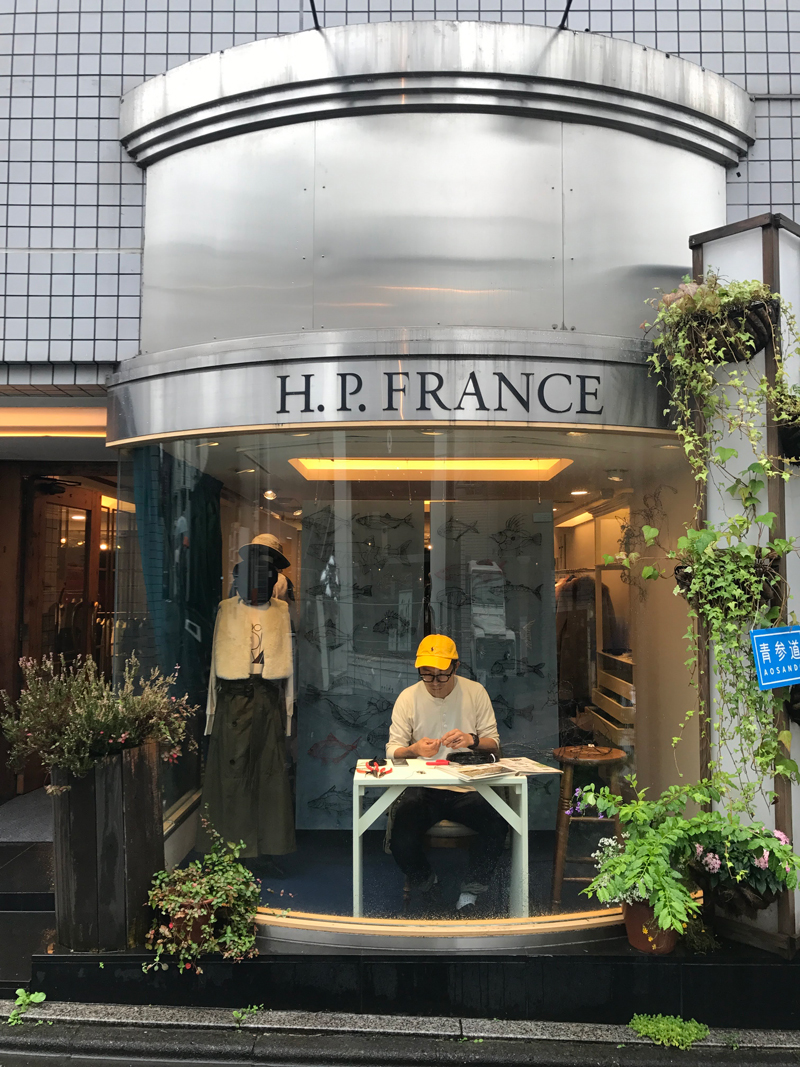
▲ Demonstration at the Aosando Art Fair
KF: That’s amazing. It’s started by making your own wire art to decorate your house. What encourage you to keep creating wire sculptures as a professional artist?
It motivates me most that there are people who enjoy displaying my works. At the beginning of my career as an artist, my sculptures were featured by the interior stylist Kanae Ishii and the actress Yuriko Ishida. I always remind myself to do a better job to live up to the praises of those wonderful ladies.
KF: What inspire you in creating works?
My artworks reflect my own experiences as well as the connection with the environment or people. I have no schooling or experience in art, but I have a lot of different experiences: working as a hairstylist; a farmer; urban life in Tokyo; and country life in Ibaraki. I always seek to approach my creation from the perspective that the art experts have never experienced.
KF: It’s interesting to hear that your experience influences your works. Besides your creative activities, you actively participate in various events. What attracts you to do that?
I really like showing the real products, meeting customers or event staffs in person, and showcasing my works in an event venue I cannot set up.
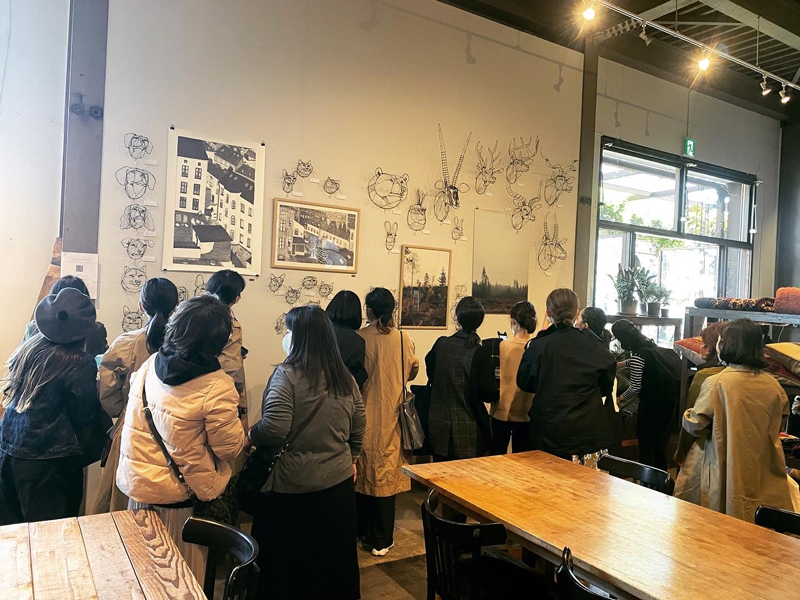
▲ His exhibition at CASICA in December 2020
KF: You sometimes conduct a wire art workshop, too. What is the interest of that?
The concept of HAyU is “the variable art per decorator”. That’s what my workshop (currently on hiatus) is designed for each participant to arrange the wire art. I enjoy encountering unexpected arrangements. It is the moment of surprise and learning.
KF: Your website shows pictures how various people display HAyU artworks. Is there anything you find out by seeing other people’s living spaces with your wire sculptures?
“Making HAyU” and “decorating HAyU” is completely different. I still have a lot to learn about decorating. So, those pictures are very helpful.
Team up with Kokka to create textiles
KF: You launched your textile brand “+HAyU fabric” with Kokka and released its first series in January 2020. What did you think when you first heard about making textiles?
I instantly thought, “It sounds fun! I want to do it!”, because I would not be able to make textiles by myself.

KF: Apparently you have the same artistic vision for either wire sculpture or textile. As a creator, what did you keep in mind mostly in making textiles?
HAyU’s signature is the wire animal head sculpture. I had no intention to change my concept even for textile designs. So, I made a wire sculpture first to design textiles.
KF: You designed textile with wire sculpture, not by drawing. What was the most exciting thing in making textile?
When I purposely flattened out the three-dimensional wire sculpture to create two-dimensional design for textile, I was excited to rediscover the parts of wire that would not have been drawn in the painting. And, textile is a complex combination of several elements such as design, color scheme, types of fabrics and threads. That’s why textile design is very deep and interesting.
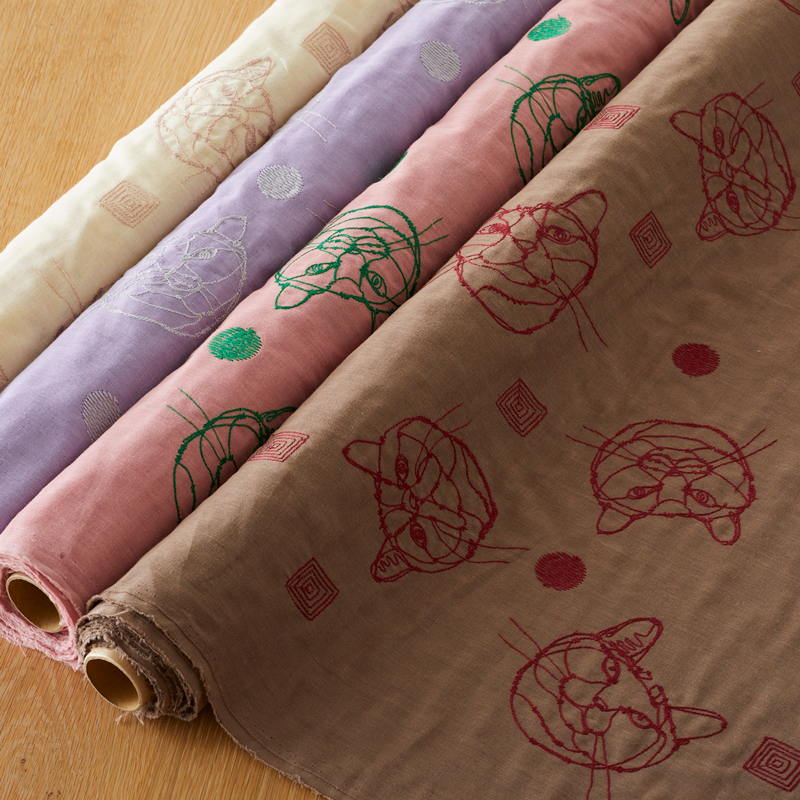
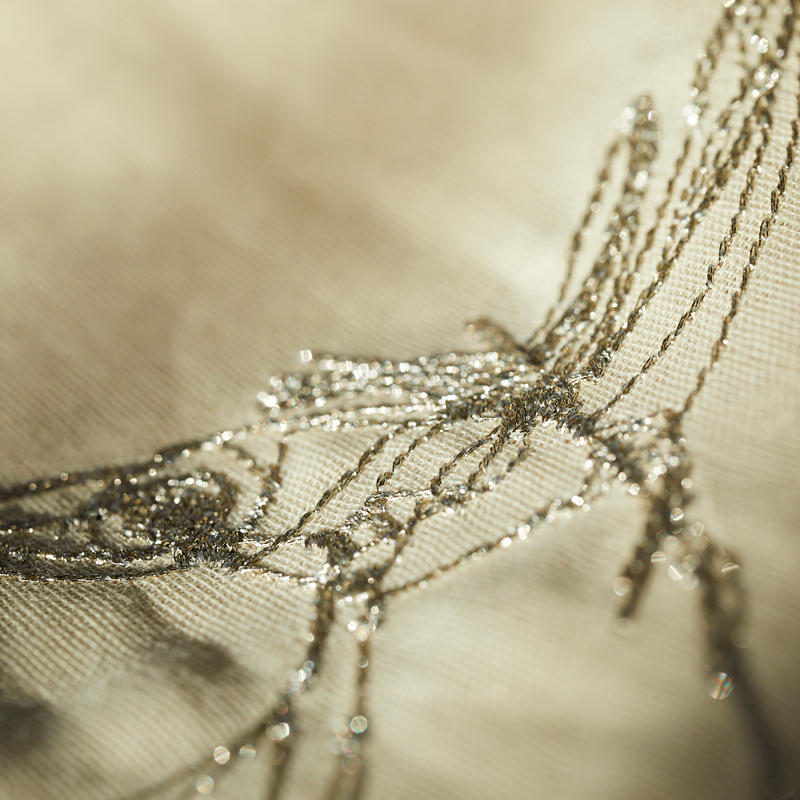
KF: What is difficult in making textiles?
With more experiences, I will hopefully be able to predict what will happen. The design and color scheme determine how textile look. Sometimes, the pre-production sample comes out different from what I expect. It is still difficult to make exactly what I image.
KF: How did you feel when you saw your first textile?
It was my first challenge with no experience. Actually, I had spent more time on meetings and modifications on how to make textiles. Therefore, the first product thrilled me!
KF: On Instagram, there are many posts of handicraft made with your textiles.
What do you think when you see how your textiles are being used?
The wire sculptures, which were adopted as the patterns of textiles, were made for my sons*. So, I am glad that some people use my textiles to make their children’s clothes. I also see many posts featuring my “cat” textile together with real cats. It’s fun to see.
*The brand name “HAyU” is the coined word coming from the initials of Ogawa’s two sons.
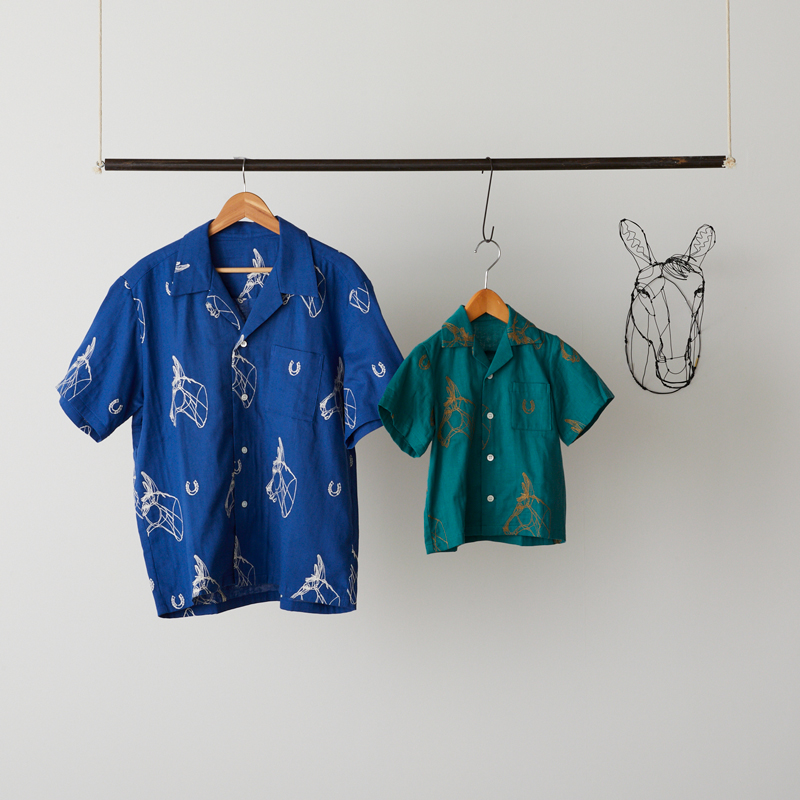
KF: Let’s talk about the second series released in January 2021. What is different from the first one?
For the first series, Ms. Yamane of Kokka was great help for me because I had no idea about textile design. For the second series, I got help from her again. The new series reflects what I wanted to have and I wanted to make. Accordingly, I chose colors for some prints to obscure the patterns. There are also prints of which patterns are clearly visible only through the light. In addition, this series includes a few textiles with large motifs, which generate a completely different look depending on the creator.
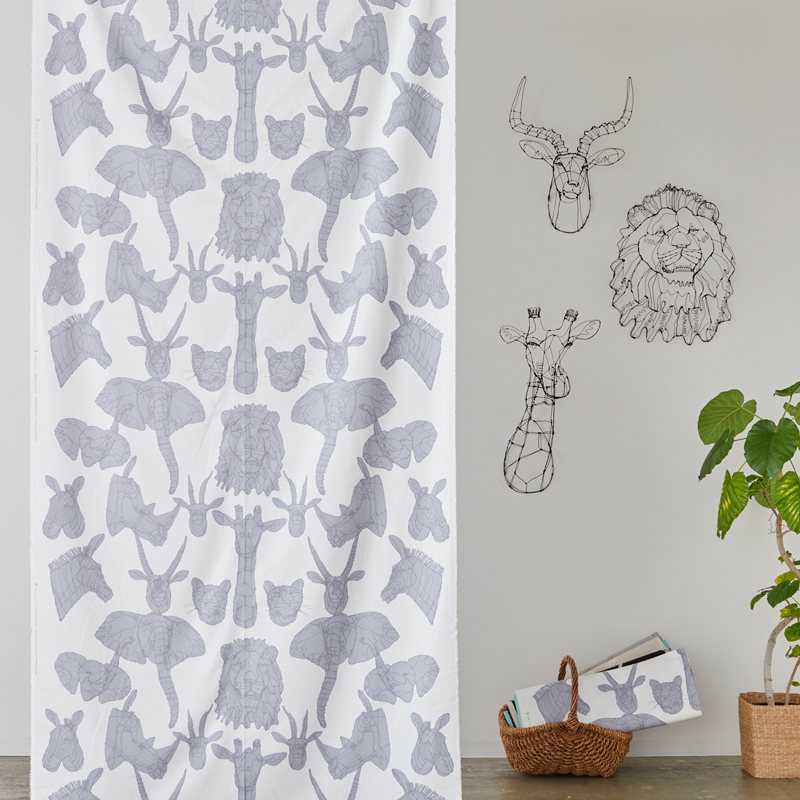
About future
KF: What do you want to do from here on?
As for the wire art, I will keep making wire sculptures to try different styles I want to do. I also have plans to collaborate with private sectors or creators for the projects such as making a new artwork or space decorating. As for textile design, I’m going to design home décor fabrics.
KF: In closing, please give a message to our readers.
Currently events are not allowed due to the COVD-19 pandemic. But I am encouraged by seeing many posts of the sewing projects made with +HAyU fabric. I look forward to your continued creations and posts. Thank you.
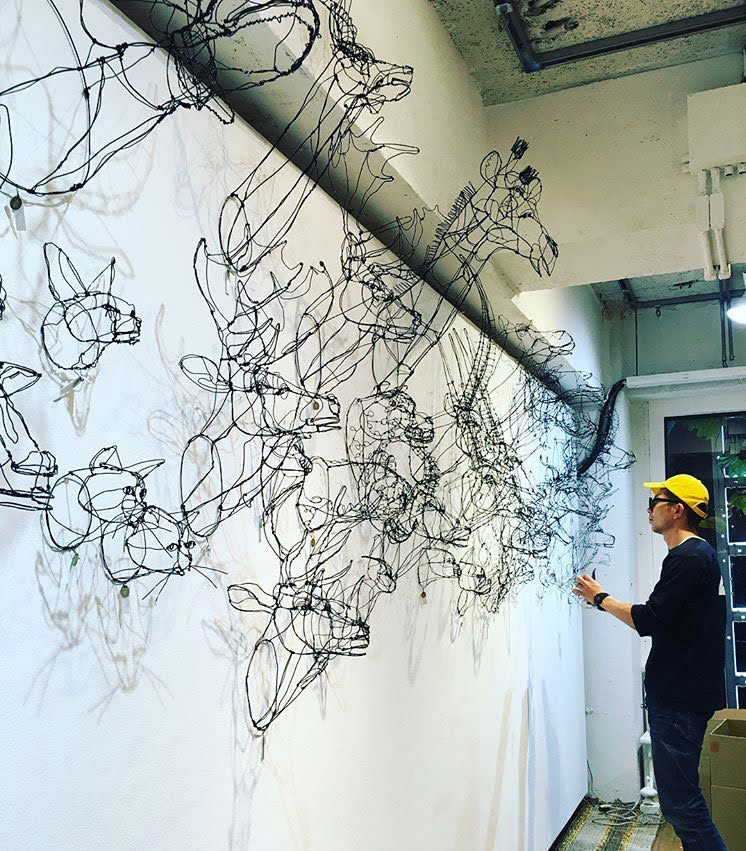
▲ Decorating the site for giveaways
KF: Thank you


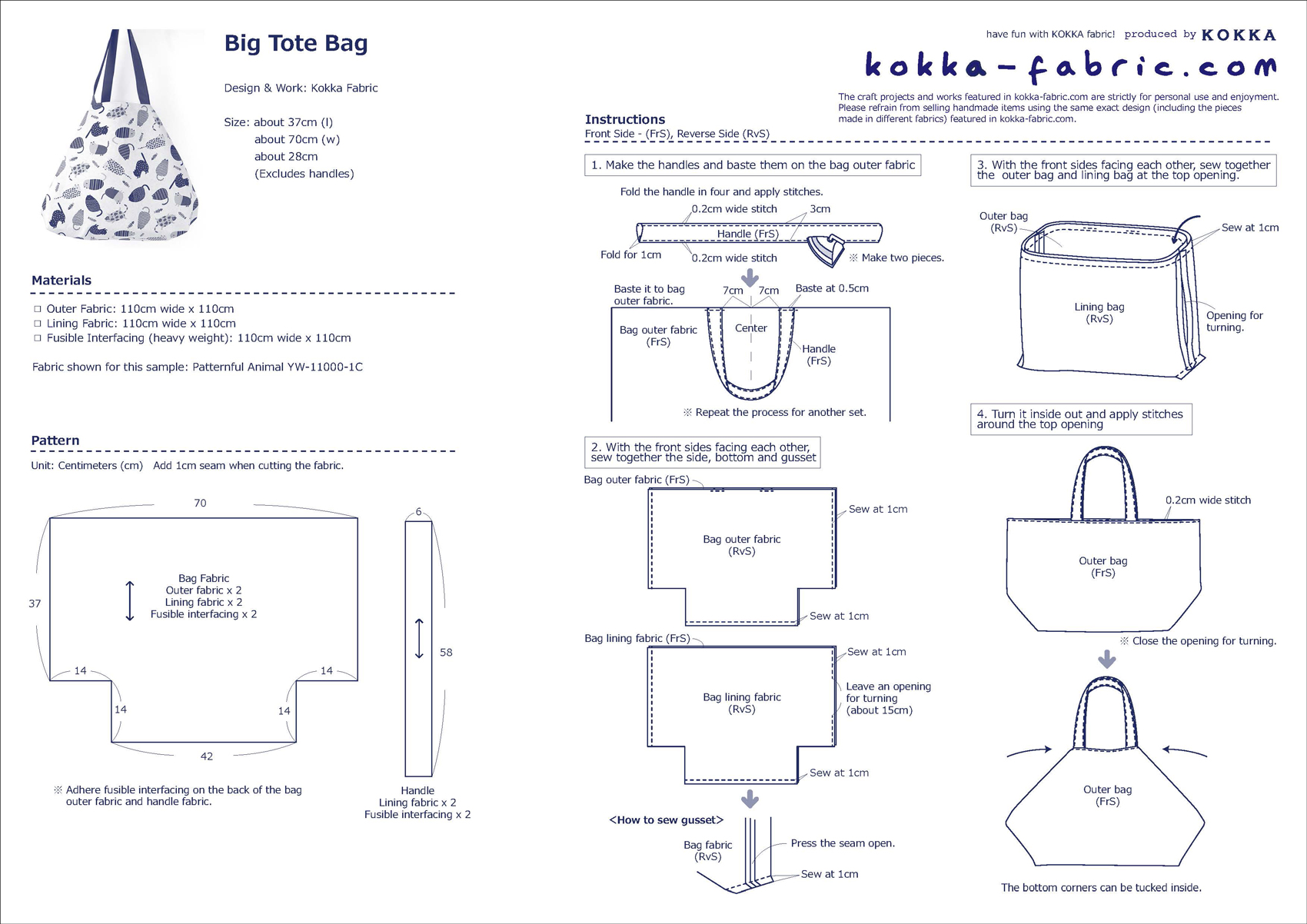

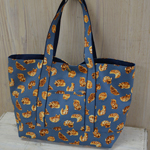 Large lined tote bag with ample pockets – Sewing Instructions
Large lined tote bag with ample pockets – Sewing Instructions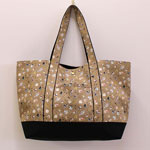 Two-Tone Tote Bag – Sewing Instructions
Two-Tone Tote Bag – Sewing Instructions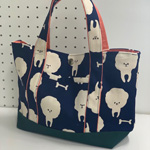 Tote Bag with a Convenient Pocket and Transition – Sewing Instructions
Tote Bag with a Convenient Pocket and Transition – Sewing Instructions



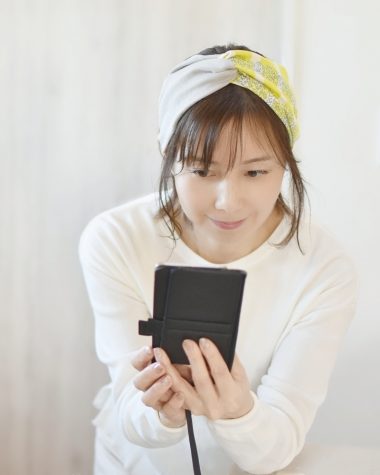
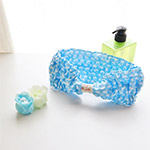 Hair Turban
Hair Turban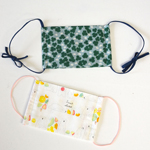 Easy-to-Make Non-Elastic Band Face Mask – Sewing Instructions
Easy-to-Make Non-Elastic Band Face Mask – Sewing Instructions Easy-To-Fold Reusable Bag – Sewing Instructions
Easy-To-Fold Reusable Bag – Sewing Instructions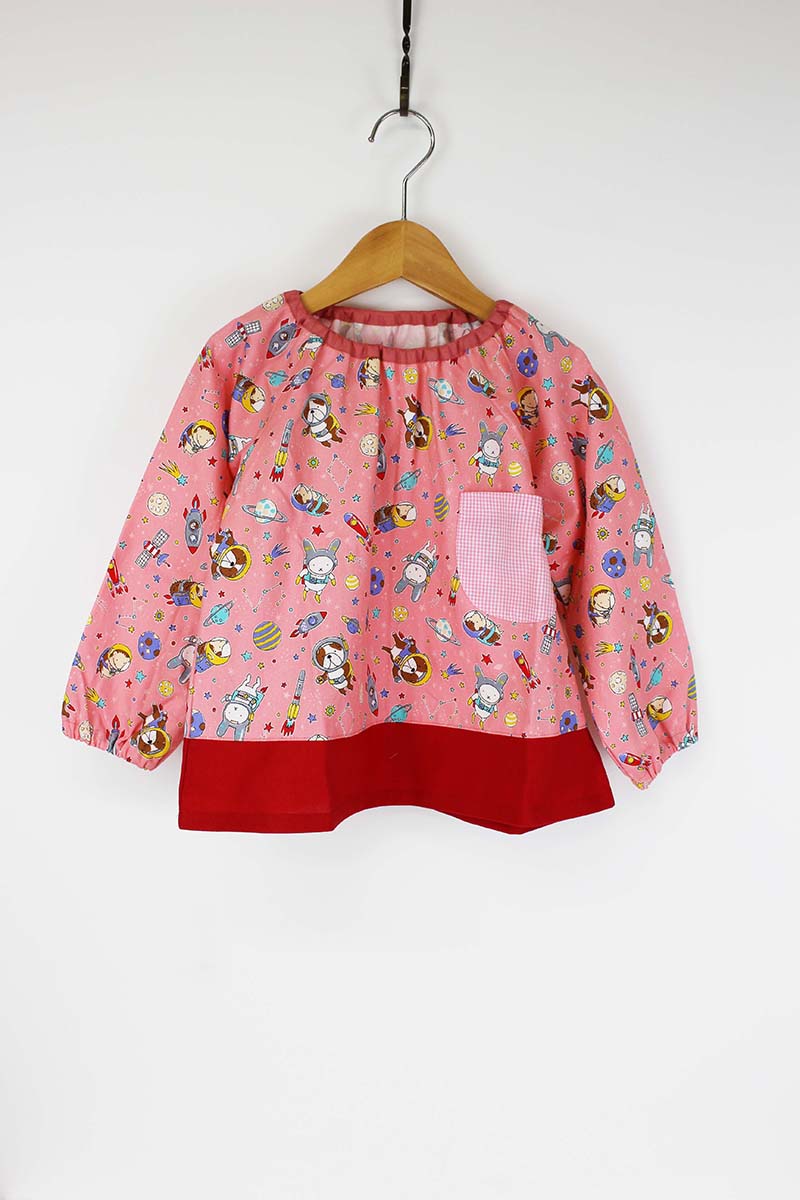
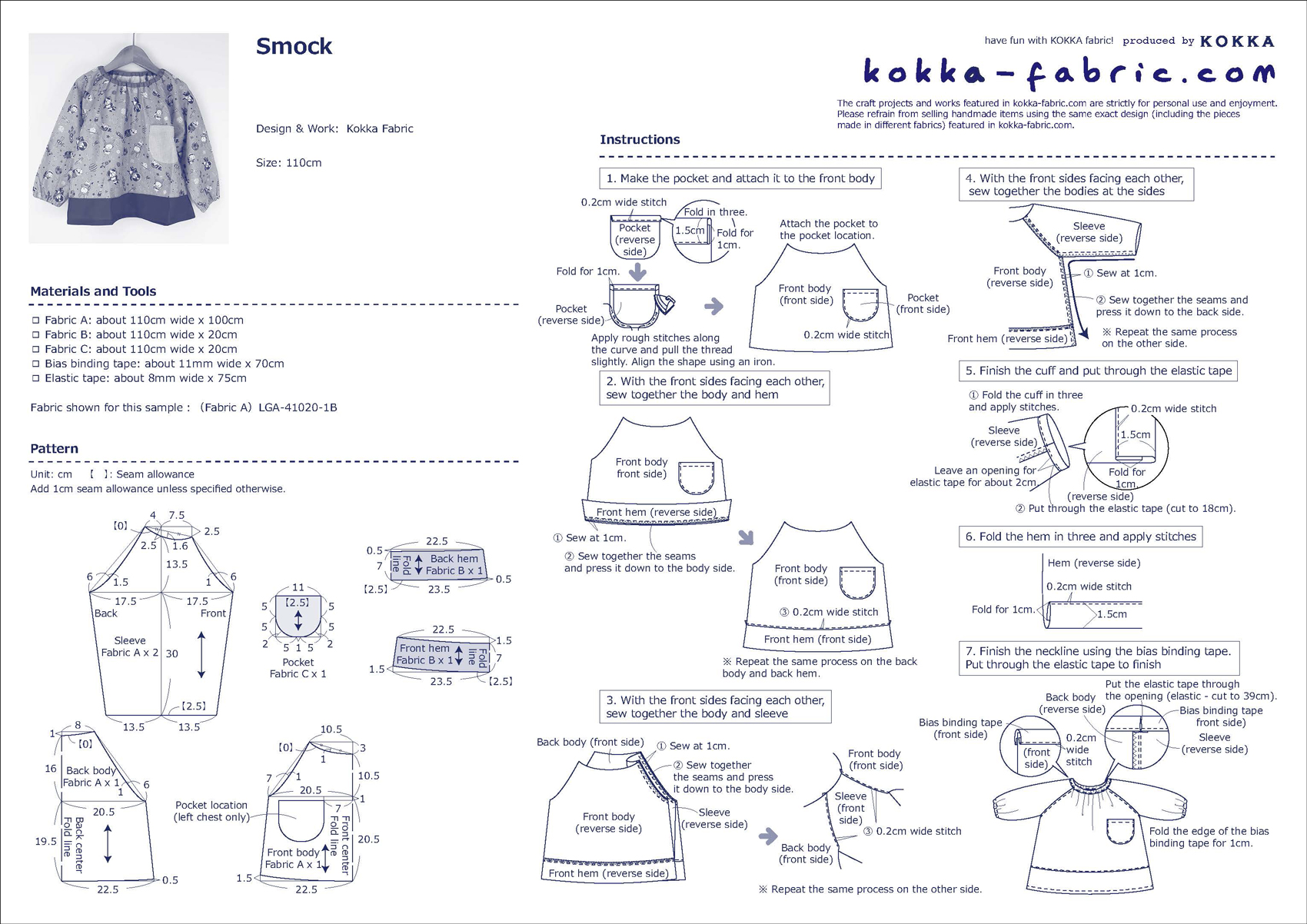
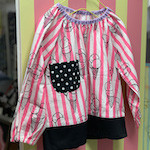 Smock
Smock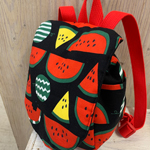 Kid’s Backpack with a Flap Cover – Sewing Instructions
Kid’s Backpack with a Flap Cover – Sewing Instructions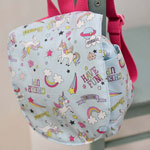 Flap Backpack – Sewing Instructions
Flap Backpack – Sewing Instructions













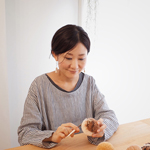 Visit artist 019: Tsubasa Kuroda (Crafter of pom-pom animals)
Visit artist 019: Tsubasa Kuroda (Crafter of pom-pom animals)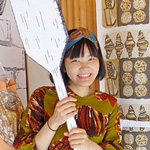 Visit Artist 016: Aco Sakamoto (Textile Designer)
Visit Artist 016: Aco Sakamoto (Textile Designer) Visit artist 013: Kurara Omichi (Designer)
Visit artist 013: Kurara Omichi (Designer)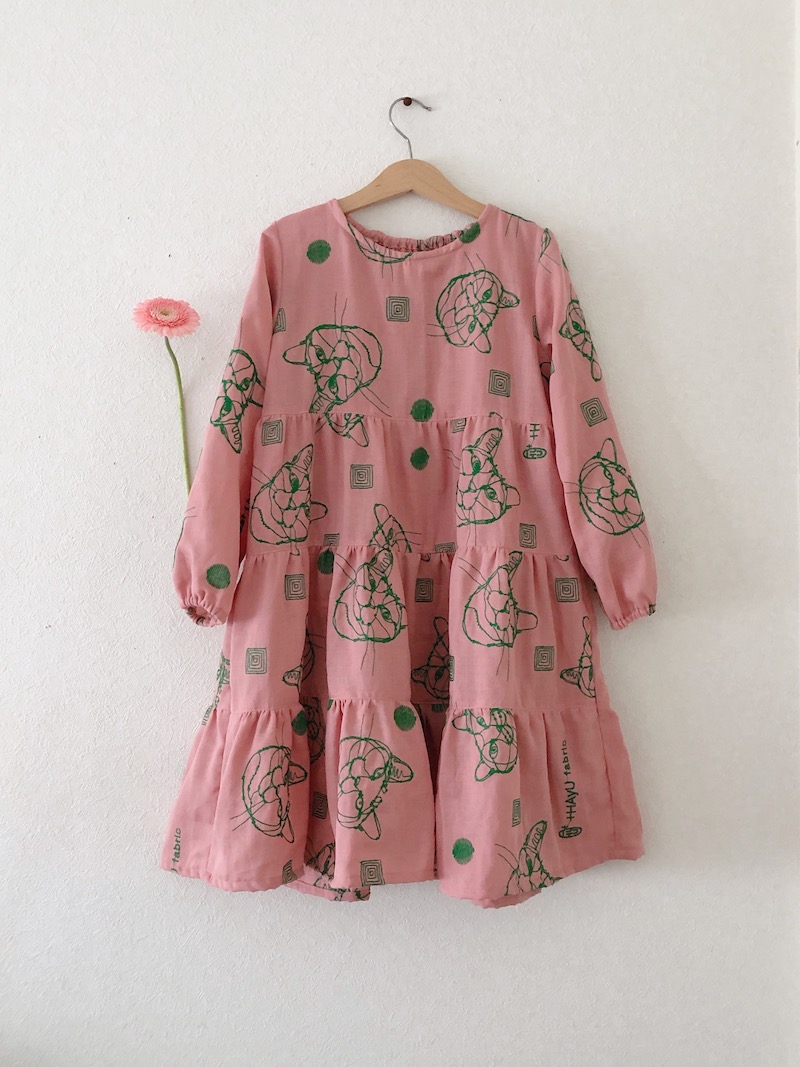
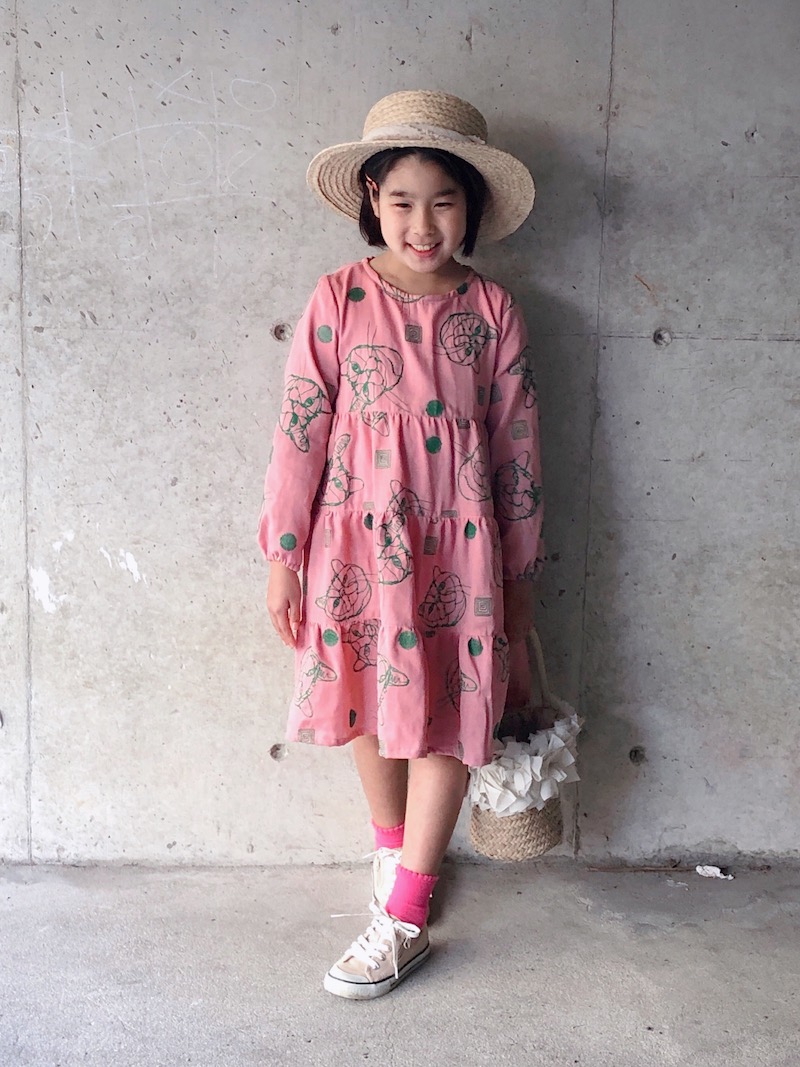
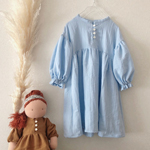 Gauze Dress – Sewing Instructions
Gauze Dress – Sewing Instructions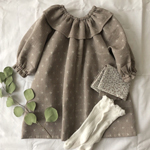 Dress with Clown-Style Collar Sewing Instructions
Dress with Clown-Style Collar Sewing Instructions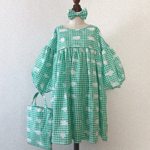 Handmade Kids Clothing – Fluffy Bunny Dress – Sewing Instructions
Handmade Kids Clothing – Fluffy Bunny Dress – Sewing Instructions